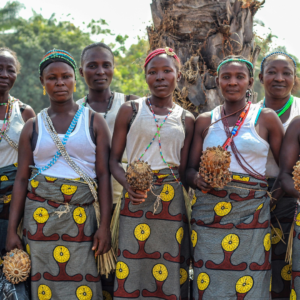Geneva, 13 October 2025 – The International Organization for Migration (IOM) is calling for a significant increase in investment for disaster risk reduction and resilience-building, warning that intensifying disasters and climate impacts are driving record levels of displacement. This year’s International Day for Disaster Risk Reduction (IDDRR) emphasizes the theme Fund Resilience, Not Disasters, advocating for a shift in resources from costly emergency responses to proactive prevention and preparedness measures.
IOM Director General Amy Pope stressed the urgency of the message, highlighting that every dollar invested in resilience can save multiple times that amount in avoided losses while protecting the dignity of vulnerable populations. She emphasized that the choice is clear: continue funding reactive disaster responses or prioritize strategic resilience investments that reduce the human and economic toll of disasters.
In 2024, nearly 46 million people were displaced due to disasters, marking the highest number ever recorded. Despite this growing crisis, disaster risk reduction remains severely underfunded, with most governments allocating less than 1 per cent of their budgets to preventive measures. International assistance for proactive strategies is also declining, leaving communities increasingly exposed to disaster impacts.
IOM urges governments, donors, and private sector actors to scale up investments that integrate human mobility into risk-informed development and climate finance. Strengthening resilience ensures that communities can adapt, relocate safely, or rebuild with dignity after disasters strike, reducing long-term vulnerability and protecting development gains.
Looking ahead to COP30, IOM plans to advocate for the central inclusion of disaster and climate risk reduction in climate finance negotiations. Using innovative tools such as the Risk Index for Climate Displacement and the Climate Catalytic Fund, IOM seeks to demonstrate how predictive analytics and community-driven finance can identify risk hotspots, prevent displacement, and enhance global resilience strategies.







